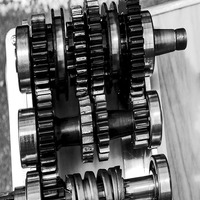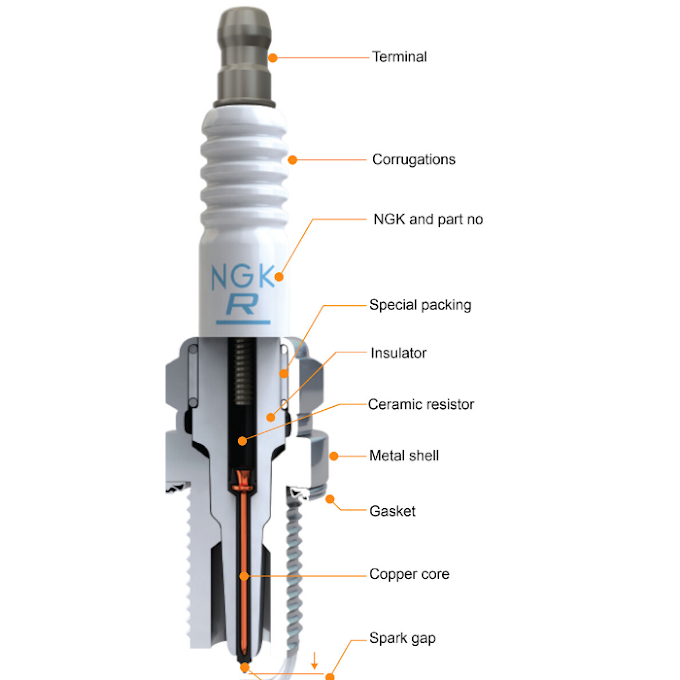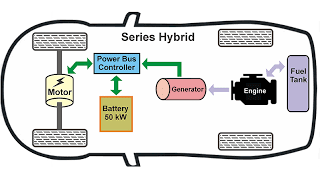ABS stands for anti-lock braking method (ABS) ,
and helps those tyres on the vehicle to keep touch with the way while you are
braking. It works by keeping the wheels from locking up, which may lead in
uncontrolled skids. The primary aim of ABS is to improve vehicle power under
heavy braking, particularly on coarse or slippery surfaces. It does not
necessarily change stopping space, although it may improve.
Anti-lock brakes are one of the most
significant preventive systems on the transport. ABS brakes are the innovative
braking system that runs with the daily brakes by automatically pumping them.
To trigger those ABS brakes, push firmly down on the brake lever - don't give
up. You'll notice some pulsating and maybe the growling sound - that is
typical. The message contained in The section is for entertainment and
informational purposes but and should not be applied in lieu of seeking professional
advice from The licensed expert or mechanic. We encourage you to consult with
the licensed expert or mechanic if you have particular questions or concerns
pertaining to any of these issues covered herein. Under no circumstances can we
be responsible for any loss or harm caused by the dependence on any subject.
Using ABS is really different than applying
traditional brakes. If you're braking usually for prevent marks, colored lights
or vehicles slowing ahead of you at ABS equipped vehicles, the ABS method
cannot trigger. First braking is usually best in any situation, but if you want
to brake quickly and short, ABS can trigger. Recognizing these pros and cons is
critical before applying these brakes. For instance, ABS has two benefits for
this driver; it may help the driver break quicker under damp or slippery
circumstances, and certainly mean route conditions. This added plus is that it
will also permit the driver to brush and control simultaneously.
ABS is projected to be helpful whenever the
driver slams on the brakes and swerves, especially when way conditions are
slick or damp. In these circumstances, the vehicle is more likely to move or
lift if the wheels hold. ABS could help drivers in a variety of pretty familiar
places, including the following: Not all ABS setups are the one. Some keep
wheel lock on all four wheels, while others keep just those back wheels from
locking. Still, all ABS work by monitoring wheel speed and So, if the possible
machine lock is detected, quickly using and releasing the brake to the
problematic machine.
How does abdominal get? On the vehicle fitted
with antilock braking system, machine speed sensors detect machine mechanism
and direct signals to the brake force modulator to reduce brake force, which
provides the wheels to turn, The ABS then reapplies braking force to keep peak
braking. The force control, in effect, pumps the brakes in the same way the
driver could, but much faster. During ABS process, drivers could have to feel
the brake tone pulsating. The pulsating happens as the consequence of the brake
fluid force changes in the brake system when the ABS is triggered.








0 Comments